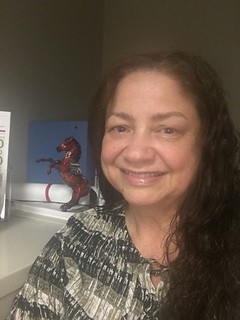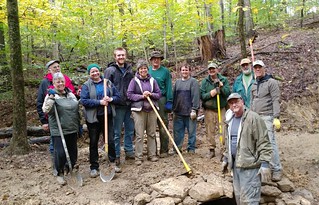I was recently listening to a podcast from my church and the speaker made reference to a woman within their organisation. Her role related to language other than English (LOTE) churches. And I suddenly got to thinking about LOTE and horses. Horses can be found almost anywhere around the world.
That is, excluding Antarctica and unfortunately the island of Rodrigues where my husband is from! In many different countries, different languages are spoken. And yet the task of caring for and looking after horses is the same no matter what the language.

LOTE and Horses
I have touched on the concept of a horse dictionary before and think LOTE and horses could be explored further. What if there were courses, Podcasts, resources and other such tools to help those who speak a language other than English to learn horse terms in English, or another language? It would open up their opportunities relating to work. If they already know horses, then learning another language will help them to pursue horse work in other countries outside of their native home.
I remember a Korean couple working with me at the racetrack. They definitely knew horses, but their limited English slowed things down with regards to communication. It was difficult for staff and the manager to communicate effectively. And although this didn’t stop work being done, it did make the process less efficient. Having even an application that you could turn to, type in your term or phrase and then have it translated to other languages could greatly help international workers! Not to mention their colleagues and bosses.
Of course, creating a generic course that could then be managed by different teachers who are competent in various languages would be a great creation, too. Students could undertake the same course, but have different teachers around the world to help translate from various languages. LOTE and horses I believe would fill a gap. Especially when there are people currently working to unify horse qualifications around the world. This will help to determine who is at what skill level in various countries.



